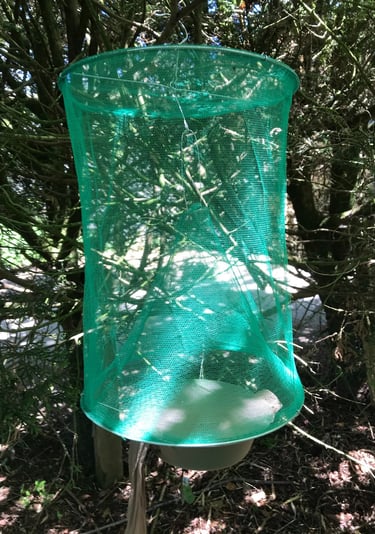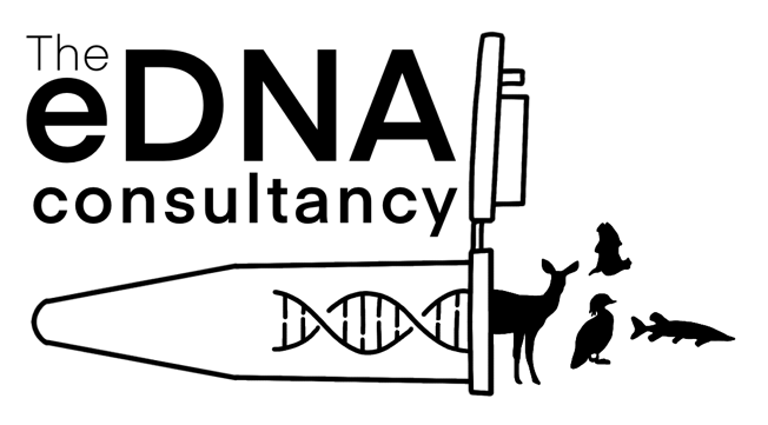
The Power of iDNA
iDNA can be a powerful tool in modelling the occupancy of elusive nocturnal species


From Flies to Conservation Impact: The Power of iDNA
What is iDNA?
iDNA is a form of eDNA where the blood meals or gut contents of invertebrates are analysed to detect the DNA of the vertebrates they have fed on. It is a form of eDNA that doesn't rely on water sources and can be used anywhere invertebrates are. In other words, these invertebrates act as “sampling assistants,” collecting genetic clues from the animals they bite or scavenge from.
This method has opened new possibilities for biodiversity research, especially in ecosystems where direct observation of wildlife is difficult. By amplifying DNA from invertebrate hosts, researchers can build species inventories, monitor population distributions, and even detect rare or endangered animals that might otherwise go unnoticed.
Why does it matter?
Traditional field surveys are often limited by visibility, effort, and species behaviour. Many animals are nocturnal, cryptic, or range across inaccessible landscapes. iDNA provides a complementary tool, helping conservationists fill in gaps and gain a fuller picture of biodiversity in challenging environments.
For example, in tropical rainforests, where dense vegetation serves as good camouflage for most wildlife, iDNA can rapidly provide snapshots of mammal and bird communities. This has made it a valuable approach for conservation planning, protected area management, and monitoring the effectiveness of restoration efforts.
Case Study: Aye-aye Occupancy in Madagascar
In our recent work, we used iDNA to model the occupancy of the Aye-aye (Daubentonia madagascariensis), one of Madagascar’s most elusive and endangered primates. In collaboration with local NGO Sadabe, we found that collecting the iDNA samples was easy. We used standard blowfly traps that were light and easy to transport into remote regions, the team much preferred it to lugging camera traps and batteries around! By analysing invertebrate samples collected in the field, we detected Aye-aye DNA and combined it with habitat data to model their occupancy across Eastern Madagascar.
Blowflies proved to be ideal “field assistants.” Previous research shows that they typically travel around 2 km per day, and because DNA in their intestines degrades rapidly, the genetic material they carry provides a reliable snapshot of species presence within a tightly defined area. This makes each blowfly effectively a moving, but spatially constrained, biodiversity sampler, perfect for modelling the occupancy of elusive species.
We compared this single-species qPCR approach with standard visual sign surveys and found iDNA to be far more sensitive. Detecting Aye-aye feeding traces in the field proved so difficult that visual surveys did not generate enough data to build robust models. In contrast, iDNA not only confirmed the species’ presence in key areas but also identified habitat features shaping their distribution, providing valuable evidence to inform conservation strategies.
Looking Ahead
iDNA holds great promise for conservation science — offering a way to monitor biodiversity in remote settings, track ecosystem change, and protect species that live on the edge of disappearance. With in-house expertise in iDNA, we can support projects targeting elusive or endangered species, helping turn hidden genetic clues into actionable conservation insights.
The eDNA Consultancy
Where our expertise meets yours
ADDRESS
Unit 4 & 5, Tanhouse Farm, Frampton on Severn, Gloucestershire, GL2 7EH, GB
INQUIRE ABOUT OUR SERVICES
Web design and graphics by Bear Bones
The eDNA Consultancy Ltd is registered in England and Wales 15508607. VAT no: 482885735 © Copyright The eDNA Consultancy Ltd. All rights reserved.
